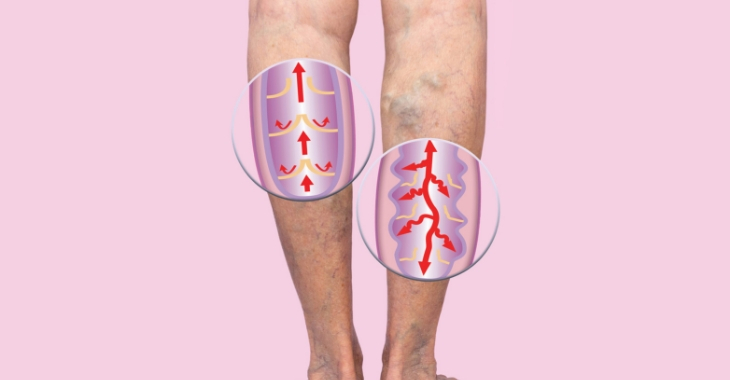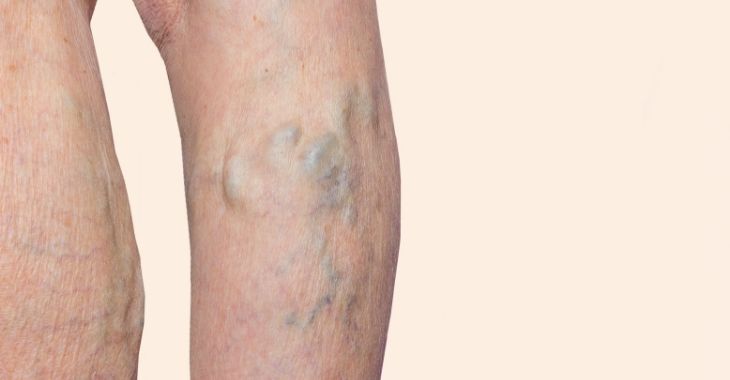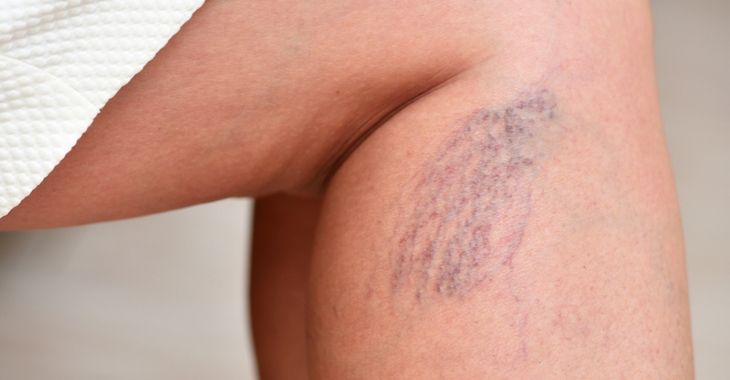Options for Removing Varicose and Spider Veins

Do you have aching, swelling, burning, tingling or cramping legs caused by varicose veins? Those blue, purple and reddish veins on the lower legs can also cause heaviness and fatigue in the legs, making it hard to enjoy a busy lifestyle. Varicose and their smaller counterparts, spider veins, can be uncomfortable and quite noticeable – they also pose a risk of causing a blood clot. If you have varicose or spider veins you want removed, it is time to visit a vascular surgeon.
Treatments for Varicose and Spider Veins
Even vascular surgeons want to avoid surgery for their patients if possible. For removing varicose veins, the first options should always be non-surgical. This poses less risk and recovery for the patient, which is always desirable. Almost all treatments are out-patient, and most are minimally-invasive – the patient can go home the same day and many treatments require little or no downtime.
- Laser treatments.For spider veins and smaller varicose veins, laser treatment is very effective. Bursts of light energy can destroy these small veins without pain.
- Sclerotherapy. Saline injections into varicose or spider veins is one of the most commonly used options by vascular surgeons, causing the veins to harden and dissipate.
- Phlebectomy. Slightly invasive, but still a clinic procedure, phlebectomy uses small incisions to in the skin to remove larger varicose veins.
- Ablation. Ablation uses heat to destroy the vein, induced through a catheter that is inserted into the varicose vein.
Since varicose veins pose a risk of dangerous blood clots, it is important to have them removed by a specialist. Seek a vascular surgeon for safe and effective varicose and spider vein removal to stop painful symptoms and improve the appearance of your legs.
Posted on behalf of:
Alan Benvenisty, MD
1090 Amsterdam Avenue
New York, NY 10025
212-523-4706
The information provided on this website, including text, graphics, images, and other materials, is intended solely for informational purposes and should not be used as a substitute for professional medical advice, diagnosis, or treatment.



)